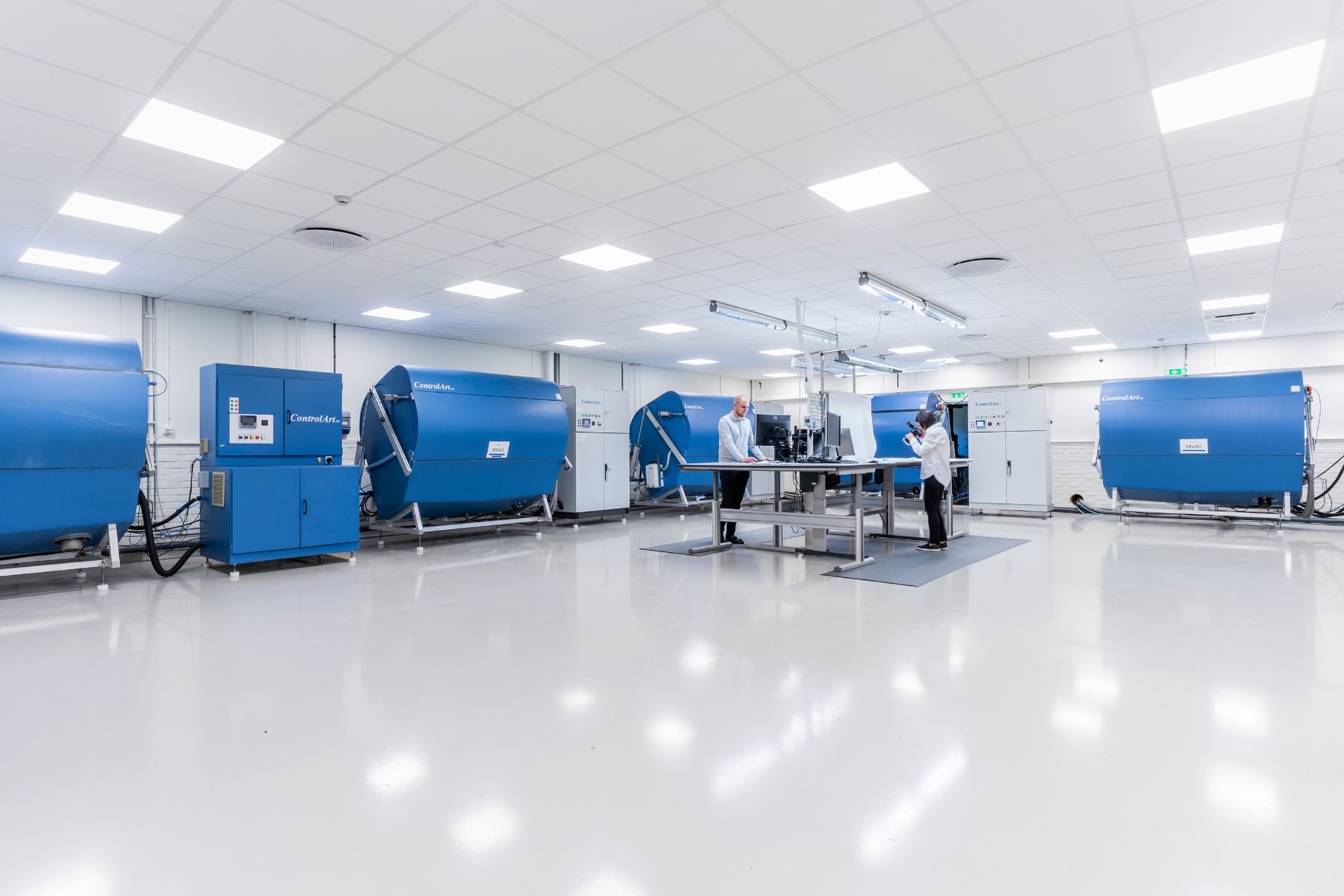How many salt spray testing on coatings are there?
What are their characteristics?
Is there a relationship for predicting how many years a component will work starting from the duration of an accelerated test?
Salt spray testing on coatings is accelerated corrosion tests which can be divided into two main classes: constant and cyclic climate tests. After having analysed the main characteristics of salt spray testing under constant climatic conditions, in this article we focus on cyclic tests, which are mostly required in the automotive sector. Considering the relevant number of international standards and OEM specifications, this list is not intended to be complete.
Salt spray testing on coatings: cyclic tests
A long-term service life is simulated by a number of accelerated corrosion tests, in order to assess the effect of corrosion in a time lapse. Even though the simulation offered by accelerated corrosion tests provides limited description of the complex reality, standards and regulations developed by far are commonly considered a useful tool for industrial activities to manufacture reliable and performant products.
Cyclic humidity tests
All tests described above for constant climate conditions can be combined with repetitive cyclic variations in temperature, humidity, chemical or radiation load, etc.. Cyclic humidity and condensation testing may involve temperature cycles between ambient and 40°C (tropical test), or freezing and ambient (humidity-freeze test). Humidity tests can also be combined with cyclic exposure to a sulphur dioxide containing atmosphere (DIN 50018), to simulate industrial environments.
Prohesion test
The so-called prohesion test was introduced to cope with the issue that results obtained in the harsh neutral salt spray on galvanised steel do not correspond very well with reality. In the prohesion test, samples are subjected to a cyclic test comprising salt spray (ISO 9227 NSS or ASS), with intermediate intervals of drying. Even though it was first intended for use on steel substrates, the test is also used for aluminium. Test times are up to 12 weeks on aluminium components for the aircraft industry.
Test VDA (Associazione Automobilistica Tedesca)
The automotive industry has standardised cyclic tests that involve salt spray, humidity and open-air storage, to obtain a more realistic representation of outdoor results. A full cycle usually lasts a week, however the order and duration of the individual load and relief periods vary with OEM’s technical specifications. Standard VDA 621-415 is generally accepted as a guideline, though there are also internal norms by individual OEMs like, for example, Renault (ECC1 D172028), Volkswagen (PV1210), Volvo (VCS 1027,1449 e STD 423-0014), Scania (STD4319 e STD4445) and many more. A minimum of 10 cycles (10 weeks) is usually specified as test duration.
Performance testing of coatings
Following the accelerated corrosion tests, coatings are inspected and subjected to a series of performance tests to assess their quality, adhesion, and integrity. The most commonly used test methods are:
- Evaluation of degradation of coatings (ISO 4628)
- Measurement of coating thickness (ISO 1463, ISO 2360, ISO 2808)
- Cross-cut test (ISO 2409)
- Determination of film hardness by pencil test (ISO 15184)
- Rapid-deformation (impact resistance) tests (ISO 6272)
- Pull-off test for adhesion (ISO 4624).
What salt spray testing on coatings can we perform?
The complete salt spray testing list that we make available to the customers are freely accessible at the following link and it includes more than 200 corrosion test methods in accordance with international standards and specifications of several manufacturers like BMW, Ford, GM, Hyunday / KIA, Jaguar/ Land Rover, Renault, Scania, Volkswagen, Volvo and many more.
Are you not finding a suitable test matching your needs?
Contact us by phone: +39 351 723 9441 or e-mail: material@materialscan.it.
We are present throughout Italy to work alongside and provide technical support during the entire testing plan, from first contact to delivery of results.

